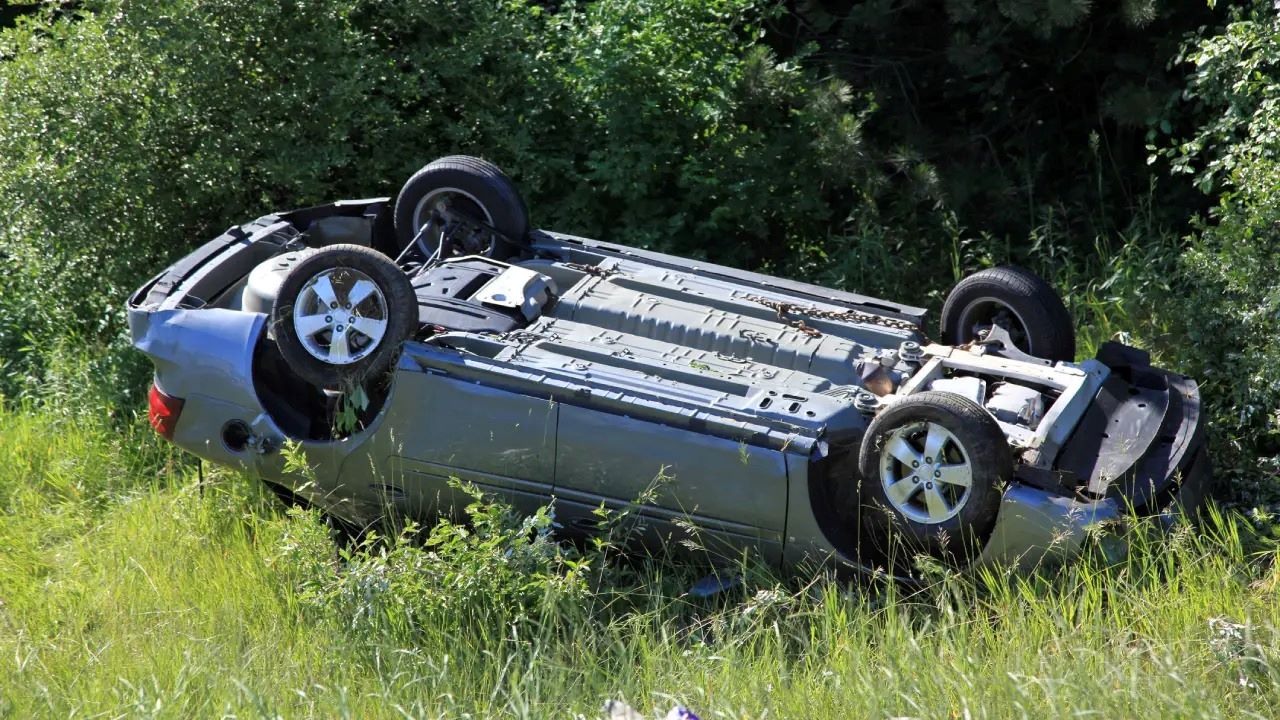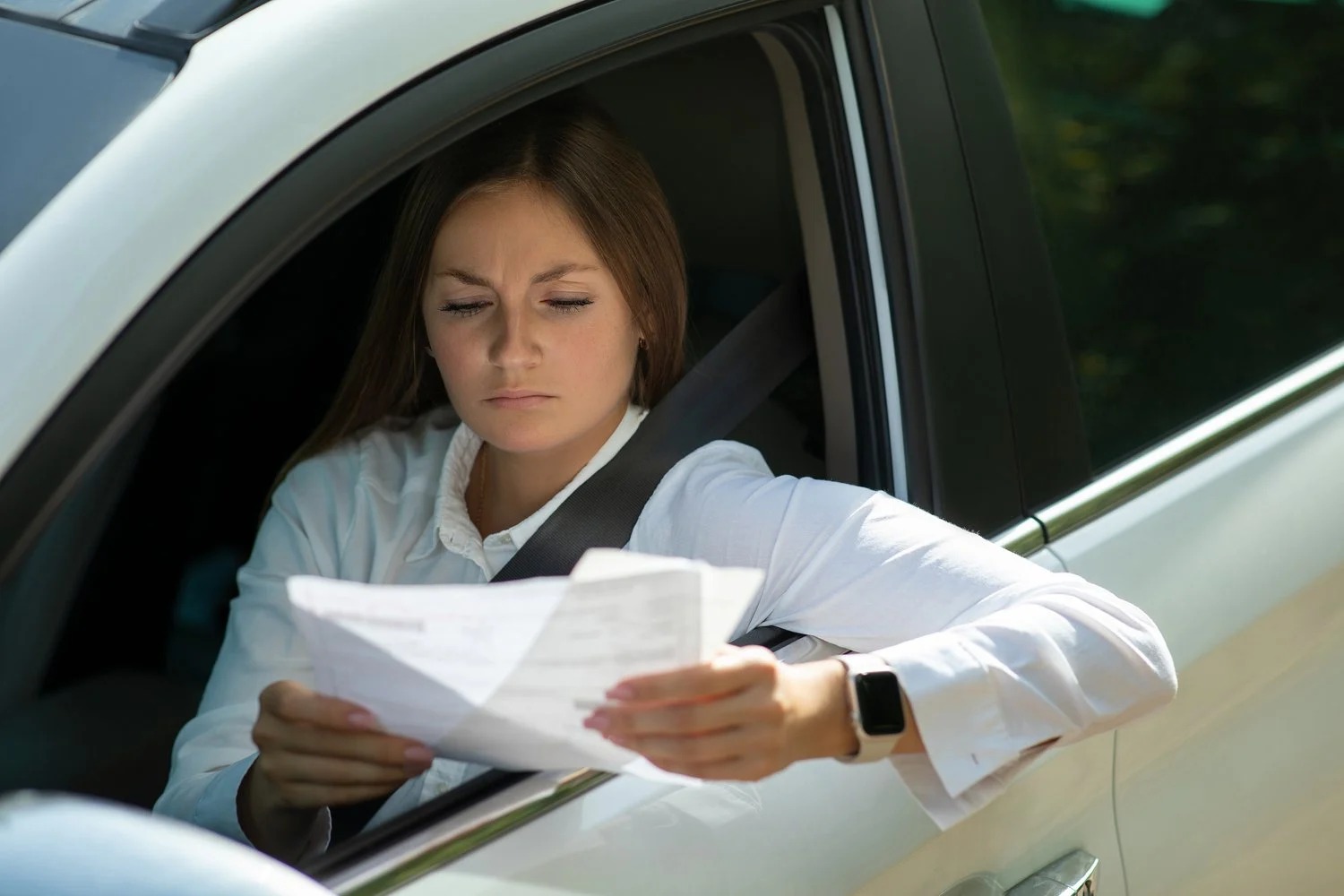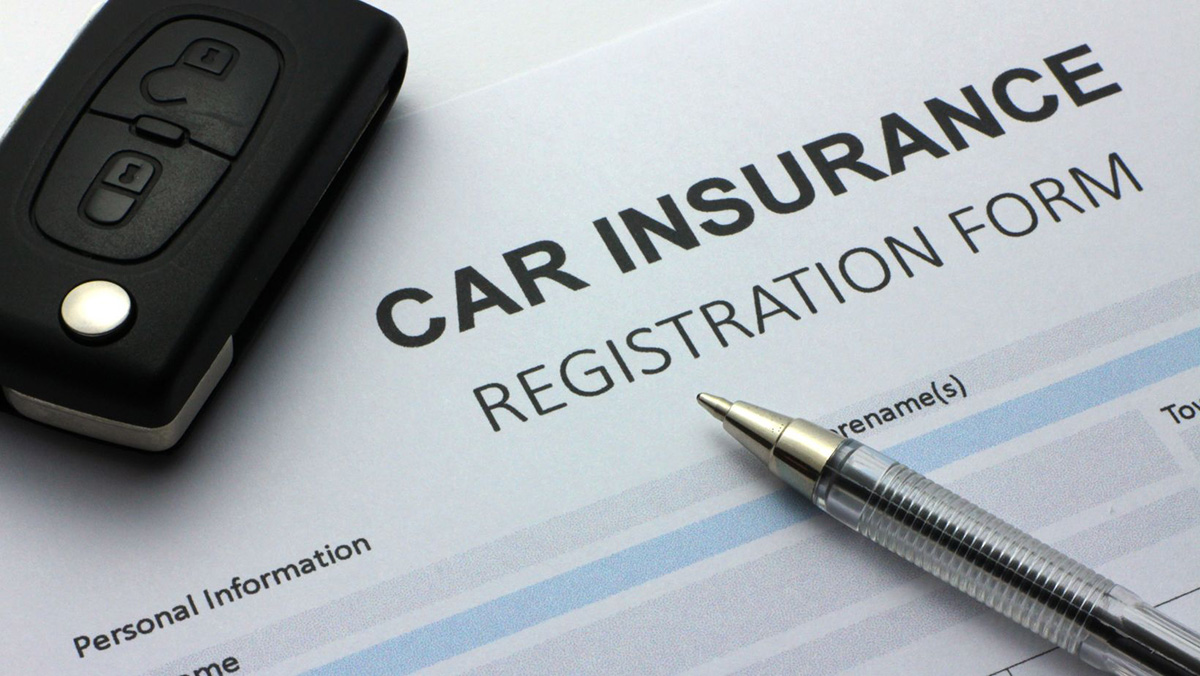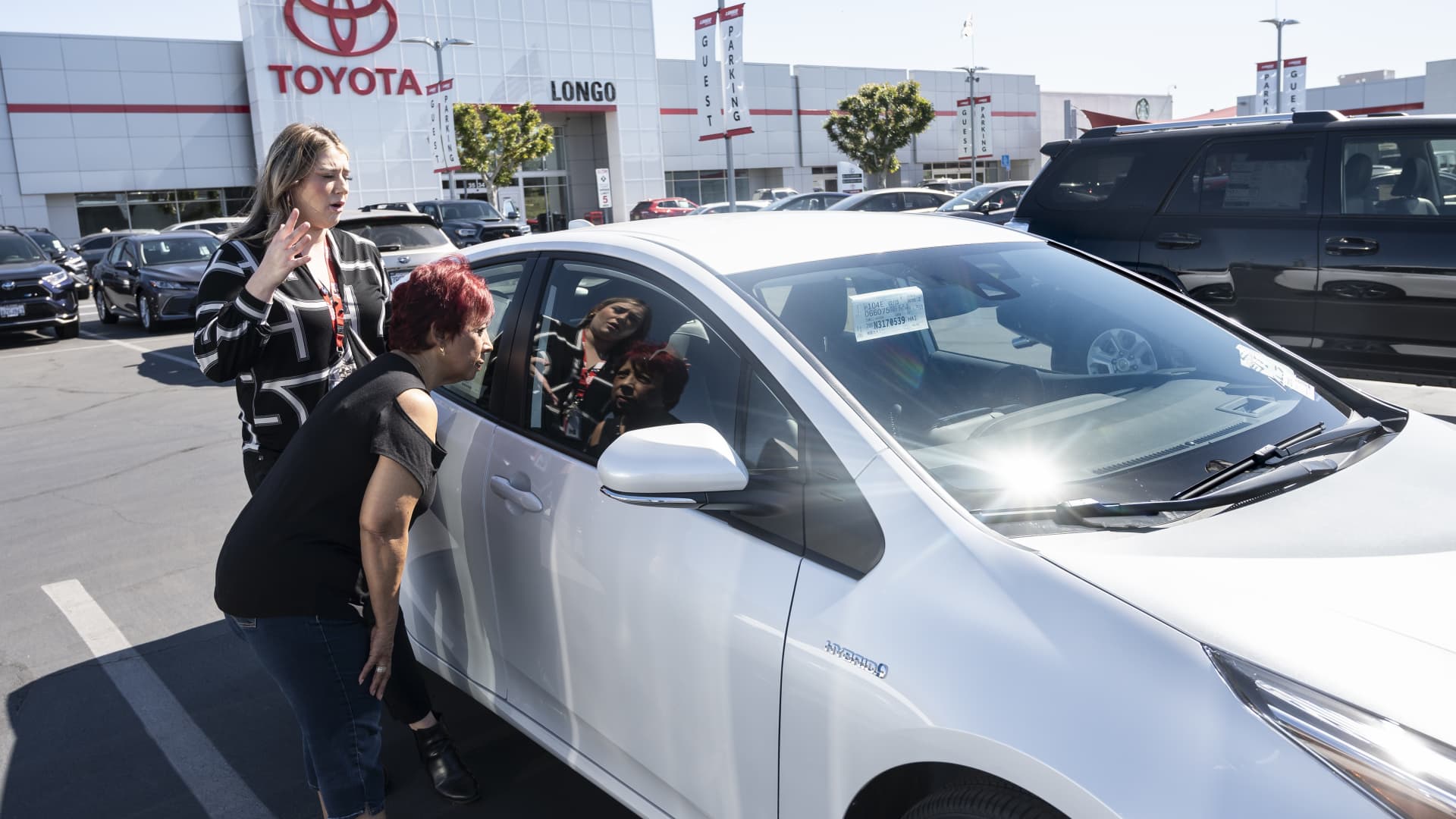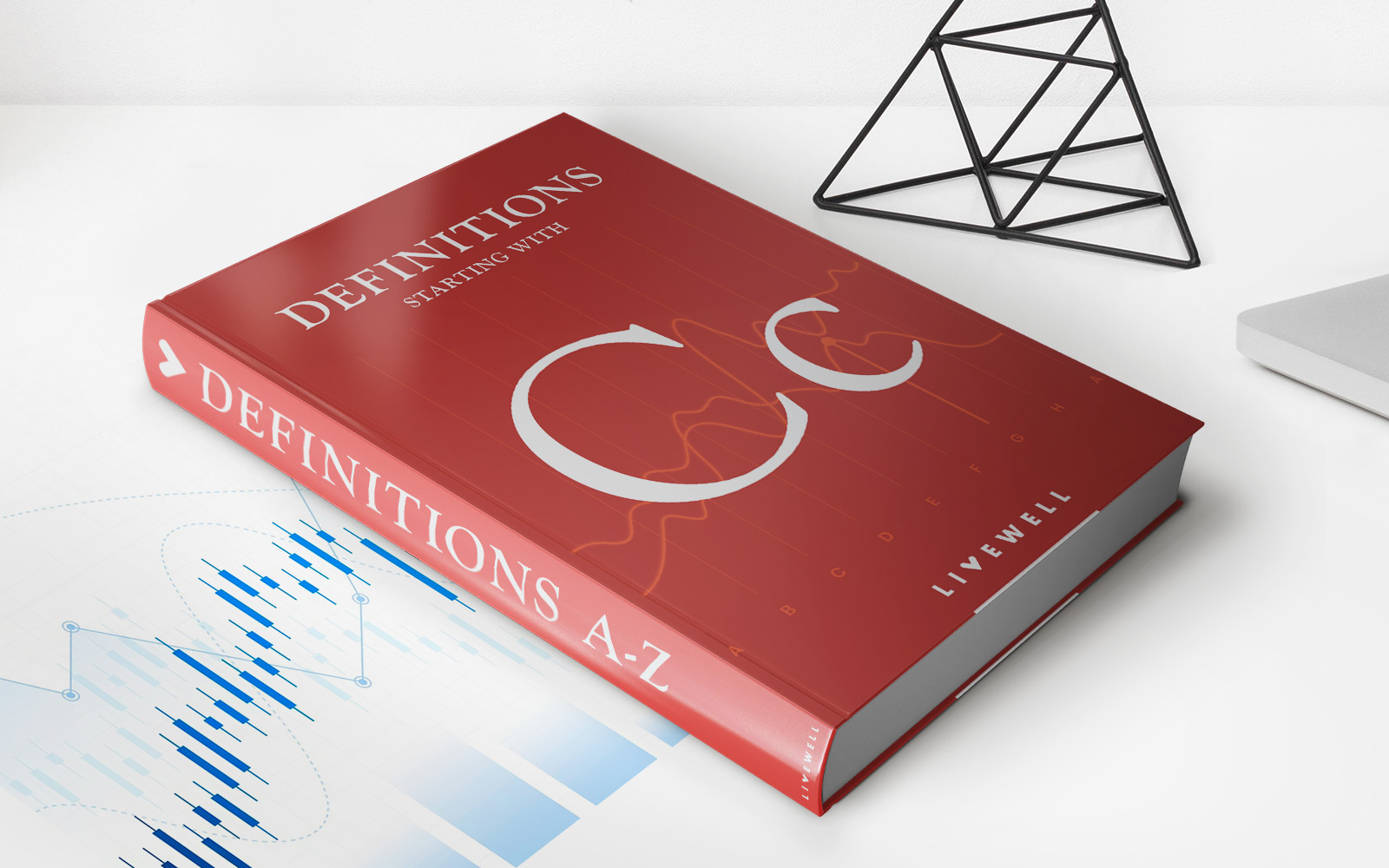

Finance
What If You Can’t Afford Car Insurance
Published: November 23, 2023
Explore options for managing your finances if you're unable to afford car insurance. Find practical solutions and alternatives to protect yourself on the road.
(Many of the links in this article redirect to a specific reviewed product. Your purchase of these products through affiliate links helps to generate commission for LiveWell, at no extra cost. Learn more)
Table of Contents
Introduction
Car insurance is a crucial necessity for every driver. It provides financial protection in the event of accidents, theft, and other unforeseen circumstances. However, the cost of car insurance can sometimes be a significant burden, especially for those on a limited budget. If you find yourself in a situation where you can’t afford car insurance, it is important to understand the potential consequences and explore alternative options.
In many countries, driving without proper car insurance is illegal and can result in severe penalties. These penalties may include fines, suspension of your driver’s license, or even legal action against you. Additionally, driving without insurance leaves you financially vulnerable if you are involved in an accident or if your vehicle is stolen. Without insurance coverage, you may be responsible for all the costs associated with property damage, medical bills, and legal fees.
Fortunately, there are several options to consider if you’re struggling to afford car insurance. One option is to explore state-sponsored car insurance programs that provide coverage for low-income individuals. These programs aim to ensure that everyone has access to basic car insurance, regardless of their financial situation. Another option is to implement strategies to reduce your car insurance costs, such as adjusting your coverage limits, increasing your deductibles, or taking advantage of discounts.
If you are unable to afford car insurance at all, there are steps you can take to minimize the risks. This may include utilizing alternative modes of transportation, carpooling, or using public transportation. It is crucial to weigh the financial risks against the penalties and consequences of driving without insurance and make an informed decision that best suits your circumstances.
In this article, we will delve deeper into the importance of car insurance, the potential consequences of driving without insurance, and explore various strategies and options available for those facing financial constraints in affording car insurance.
Understanding Car Insurance
Car insurance is a contract between you and an insurance company that provides financial protection in the event of an accident, damage, theft, or other covered incidents involving your vehicle. It works by transferring the risk of potential expenses from you to the insurance company in exchange for regular premium payments.
There are several key components to understanding car insurance:
- Liability Coverage: This is the most basic and mandatory type of car insurance. It provides coverage for damages or injuries that you cause to others in an accident.
- Collision Coverage: This coverage pays for damages to your own vehicle resulting from a collision, regardless of who is at fault.
- Comprehensive Coverage: Comprehensive coverage protects against non-collision-related incidents, such as theft, vandalism, natural disasters, and falling objects.
- Uninsured/Underinsured Motorist Coverage: This coverage protects you if you are involved in an accident with a driver who doesn’t have insurance or whose coverage is insufficient to cover the damages.
- Medical Payments Coverage: This coverage helps pay for medical expenses for you and your passengers in the event of an accident, regardless of fault.
- Personal Injury Protection: Also known as PIP, personal injury protection covers medical expenses, lost wages, and other related costs resulting from an accident, regardless of fault. PIP coverage is required in some states.
The cost of car insurance depends on various factors, including your age, driving record, type of vehicle, location, and the coverage options you choose. Younger drivers and those with a history of accidents or traffic violations typically pay higher premiums due to their increased risk. Similarly, expensive or high-performance vehicles usually have higher insurance costs.
It’s important to carefully review and understand your car insurance policy, including the coverage limits, deductibles, exclusions, and any additional options you may have. This will help ensure that you have the appropriate coverage to protect you financially in case of an accident or other covered event.
Now that we have a better understanding of car insurance, let’s explore the potential consequences of driving without insurance.
The Consequences of Driving Without Insurance
Driving without car insurance is not only risky but also illegal in many jurisdictions. The consequences of driving without insurance can be severe and have long-lasting impacts on your financial well-being and legal standing.
The specific penalties for driving without insurance vary depending on the region you are in, but common consequences include:
- Fines: Most jurisdictions impose hefty fines for driving without insurance. These fines can range from several hundred dollars to thousands of dollars, depending on the severity of the offense and any previous violations.
- License Suspension: In many cases, driving without insurance can lead to the suspension of your driver’s license. This means you will be unable to legally drive until you rectify the situation and provide proof of insurance.
- Vehicle Impoundment: Some jurisdictions have the authority to impound your vehicle if you are caught driving without insurance. This can result in additional fees and expenses to recover your vehicle once the insurance requirement is met.
- Higher Insurance Premiums: Even if you are fortunate enough to avoid legal repercussions, driving without insurance can lead to higher premiums in the future. Insurance companies view uninsured drivers as high-risk, and when you eventually seek insurance coverage, you may be subject to increased rates.
- Legal Consequences: In more severe cases, driving without insurance can result in legal action against you. This may include civil lawsuits if you cause an accident and are unable to cover the resulting damages or injuries. In extreme cases, criminal charges for driving without insurance can lead to fines, probation, or even imprisonment.
Driving without insurance also leaves you financially vulnerable in the event of an accident. Without insurance coverage, you may be personally responsible for paying for property damage, medical expenses, legal fees, and other costs that can quickly accumulate.
It’s important to remember that the consequences of driving without insurance extend beyond legal and financial repercussions. Without insurance, you may also miss out on the benefits and peace of mind that come with being protected in case of an accident or other covered incident.
Now that we understand the potential consequences of driving without insurance, let’s explore car insurance options for those on limited budgets.
Exploring Car Insurance Options for Limited Budgets
If you’re on a limited budget and struggling to afford car insurance, it’s important to explore alternative options that can provide you with the necessary coverage without breaking the bank. Here are some potential solutions to consider:
- State-Sponsored Car Insurance Programs: Many states offer car insurance programs specifically designed for low-income individuals who cannot afford traditional insurance policies. These programs typically provide basic coverage at reduced rates. Eligibility criteria may vary, but it’s worth checking if your state offers such a program.
- Adjusting Coverage Limits: Review your car insurance policy and consider adjusting your coverage limits to align with your budget. While it’s important to maintain adequate coverage, you may find that you can reduce certain coverage amounts without compromising your financial security. However, be cautious not to lower coverage below what is required by law or what you’re comfortable with.
- Increasing Deductibles: Another way to lower your car insurance premiums is by increasing your deductibles. The deductible is the amount you pay out of pocket before your insurance coverage kicks in. By opting for a higher deductible, you are taking on more financial risk in the event of a claim, but it can significantly reduce your monthly premium.
- Shopping Around for Quotes: Don’t settle for the first car insurance quote you receive. Take the time to shop around and compare quotes from multiple insurance providers. Each company evaluates risk differently, so you may find that different insurers offer varying rates for the same coverage.
- Utilizing Discounts: Many car insurance companies offer various discounts that can help lower your premium. These discounts can include safe driving discounts, multi-policy discounts (if you have other insurance policies with the same provider), anti-theft device discounts, and more. Be sure to inquire about any available discounts when obtaining quotes.
- Consider Usage-Based Insurance: Some insurance companies offer usage-based insurance plans where your premium is based on how often and how well you drive. These plans often involve installing a telematics device in your vehicle to monitor your driving habits. If you’re a safe and low-mileage driver, this type of insurance can help you save money.
It’s important to note that while these options can make car insurance more affordable, it’s still crucial to have the necessary coverage to protect yourself financially. Evaluate your needs, budget, and risk tolerance carefully to strike the right balance between affordability and adequate coverage.
Next, let’s delve into state-sponsored car insurance programs and how they can assist those on limited budgets.
State-Sponsored Car Insurance Programs
For individuals who are unable to afford traditional car insurance policies, state-sponsored car insurance programs offer a potential solution. These programs, also known as low-income car insurance assistance programs, are designed to provide basic car insurance coverage at reduced rates for those in financial need.
Each state has its own criteria and requirements for eligibility in these programs, so it’s essential to research and understand the specific guidelines in your state. In general, these programs target low-income individuals who meet certain income thresholds or are receiving government assistance.
State-sponsored car insurance programs typically offer basic liability coverage, which is the minimum required by law. This coverage protects against property damage and injuries to others in case you cause an accident. The premiums for these programs are often subsidized or based on a sliding scale, making it more affordable for those with limited budgets.
Additionally, some state-sponsored programs may offer options to add additional coverage, such as collision or comprehensive, at a reduced rate. While these options may increase the premium, they provide a higher level of protection for your vehicle.
In order to qualify for these programs, you will typically need to provide proof of income, residency, and other necessary documentation. The application process may vary, but it generally involves filling out a form and submitting the required paperwork to the appropriate state agency.
Keep in mind that state-sponsored car insurance programs may have limitations and exclusions. The coverage provided may be more basic compared to traditional insurance policies, and there may be specific restrictions on the types of vehicles or driving circumstances covered.
It’s important to carefully review the terms and coverage offered by these programs to ensure that they meet your needs. While state-sponsored car insurance programs can provide essential coverage for those on limited budgets, it’s essential to evaluate the overall adequacy and suitability of the coverage for your specific circumstances.
Now that we’ve explored state-sponsored car insurance programs, let’s discuss strategies for reducing car insurance costs.
Strategies for Reducing Car Insurance Costs
If you’re looking to save money on your car insurance, there are several strategies you can employ to reduce your costs. By implementing these strategies, you can potentially lower your premiums while still maintaining adequate coverage. Here are some effective ways to reduce car insurance costs:
- Compare Insurance Quotes: It’s essential to shop around and compare quotes from multiple insurance providers. Different insurers offer varying rates based on their evaluation of risk. Take the time to obtain quotes from different companies to ensure you’re getting the best possible rate.
- Consider a Higher Deductible: An effective way to lower your premiums is to opt for a higher deductible. By increasing the amount you’re willing to pay out of pocket before insurance coverage kicks in, you can often enjoy a significant reduction in your annual premium. However, be sure to select a deductible that you can comfortably afford to pay in the event of a claim.
- Adjust Your Coverage Limits: Evaluate your coverage limits and consider adjusting them to match your needs and budget. While it’s crucial to maintain adequate coverage, you may find that certain coverage amounts can be lowered without compromising your financial security. Be cautious not to reduce coverage below what is required by law or what you’re comfortable with.
- Take Advantage of Discounts: Many car insurance companies offer various discounts that can help lower your premium. These discounts can include safe driving discounts, good student discounts, multi-policy discounts, and more. Ask your insurance provider about any available discounts that you may qualify for.
- Improve Your Driving Record: Maintaining a clean driving record can have a significant impact on your car insurance premiums. Avoid traffic violations and accidents whenever possible. Safe driving demonstrates responsible behavior to insurers, and they may reward you with lower rates over time.
- Consider Usage-Based Insurance: Some insurance companies offer usage-based insurance programs where your premium is based on your driving habits. By installing a telematics device in your vehicle, your insurer can monitor your driving behavior, and your premium may be adjusted based on factors such as mileage, speed, and braking habits. Safe and low-mileage drivers can often benefit from this type of coverage.
- Bundle Insurance Policies: If you have multiple insurance policies, such as home or renters insurance, consider bundling them with the same insurance provider. Insurers often offer multi-policy discounts, which can lead to significant savings on your premiums.
Implementing these strategies can help you reduce your car insurance costs without compromising on the coverage you need. It’s important to regularly review your policy, assess your needs, and explore opportunities to save money. However, ensure that you strike the right balance between cost savings and maintaining adequate protection for yourself and your vehicle.
Next, let’s discuss the steps to take if you find yourself unable to afford car insurance at all.
Steps to Take If You Can’t Afford Car Insurance
If you find yourself in a situation where you simply cannot afford car insurance, it’s important to take certain steps to minimize the risks and potential consequences. Here are some actions you can consider:
- Explore Alternative Transportation Options: If you cannot afford car insurance, a viable option is to seek alternative methods of transportation. This can include utilizing public transportation, carpooling with colleagues or friends, or using ride-sharing services. While this may require some adjustments to your daily routine, it can help you avoid the legal and financial risks associated with driving without insurance.
- Consider Non-Ownership Insurance: If you no longer own a vehicle but still occasionally drive a borrowed or rented car, you may be able to purchase non-ownership insurance. This type of policy provides liability coverage specifically for situations where you are driving a vehicle that you do not own.
- Save Money for Future Insurance Coverage: If your current financial situation doesn’t allow for car insurance, consider creating a savings plan to set aside money specifically for future coverage. This will help you be prepared when you can afford to purchase insurance again, avoiding any gaps in coverage.
- Seek Financial Assistance: In certain cases, you may be eligible for financial assistance programs that can help cover the cost of car insurance. Check with local organizations, non-profits, or government agencies that offer support to individuals in need. They may have resources or programs available to assist you in obtaining affordable insurance coverage.
- Improve Your Financial Situation: Take proactive steps to improve your financial situation so that you can afford car insurance in the future. This may involve budgeting, cutting expenses, increasing your income through additional work, or seeking financial advice to better manage your finances.
- Take Advantage of Free or Low-Cost Insurance Clinics: Some organizations or agencies offer free or low-cost insurance clinics where you can receive guidance and assistance in finding affordable insurance options. These clinics may provide valuable resources and information to help you navigate your insurance needs.
Remember, driving without car insurance can have serious legal and financial consequences. It’s important to weigh the risks and make responsible decisions that prioritize your safety and financial well-being. Explore alternative transportation options and proactively seek solutions to obtain the necessary coverage as soon as you can afford it.
As we conclude, it’s important to be aware of the potential consequences of driving without insurance, and the various options available for those on limited budgets. By understanding car insurance, exploring alternative options, and taking steps to reduce costs or seek assistance, you can navigate the challenges of affording car insurance effectively.
Conclusion
Car insurance is a crucial component of responsible vehicle ownership, providing financial protection and peace of mind in case of accidents or other unforeseen events. However, the cost of car insurance can be burdensome for individuals on a limited budget. It’s important to understand the potential consequences of driving without insurance, including legal penalties and financial vulnerability.
If you find yourself unable to afford car insurance, there are options available to help you navigate this situation. State-sponsored car insurance programs provide basic coverage at reduced rates for low-income individuals, while adjusting coverage limits, increasing deductibles, and taking advantage of discounts can help lower insurance costs. Exploring alternative transportation options and seeking financial assistance can also be viable solutions.
When unable to afford car insurance, it’s crucial to prioritize safety and be aware of the potential risks involved. Exploring alternative transportation methods and seeking affordable coverage options can mitigate these risks while protecting yourself and others on the road.
Remember, maintaining adequate car insurance coverage is not only a legal requirement in many jurisdictions, but it also provides essential protection for you and your vehicle. As your financial situation improves, it’s important to prioritize budgeting for car insurance to safeguard yourself from the potential financial hardships that can arise from driving without coverage.
Regardless of your financial circumstances, it’s advisable to regularly review your car insurance policy, shop around for quotes, and explore opportunities to lower your premiums. By implementing strategies to reduce costs, exploring alternative options, and being proactive about obtaining coverage, you can navigate the challenges of affording car insurance effectively.
Always remember that the information provided in this article is for educational purposes only and should not replace professional advice. It’s important to consult with an insurance expert or financial advisor to determine the best course of action based on your specific needs and circumstances.
By prioritizing responsible financial planning, making informed decisions, and exploring all available options, you can strike a balance between affordability and adequate car insurance coverage.
